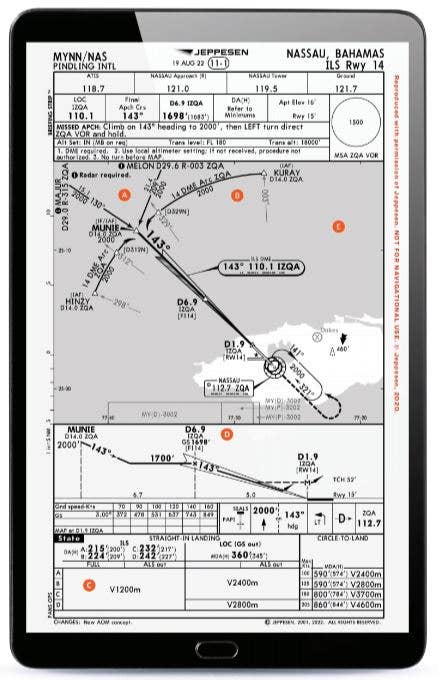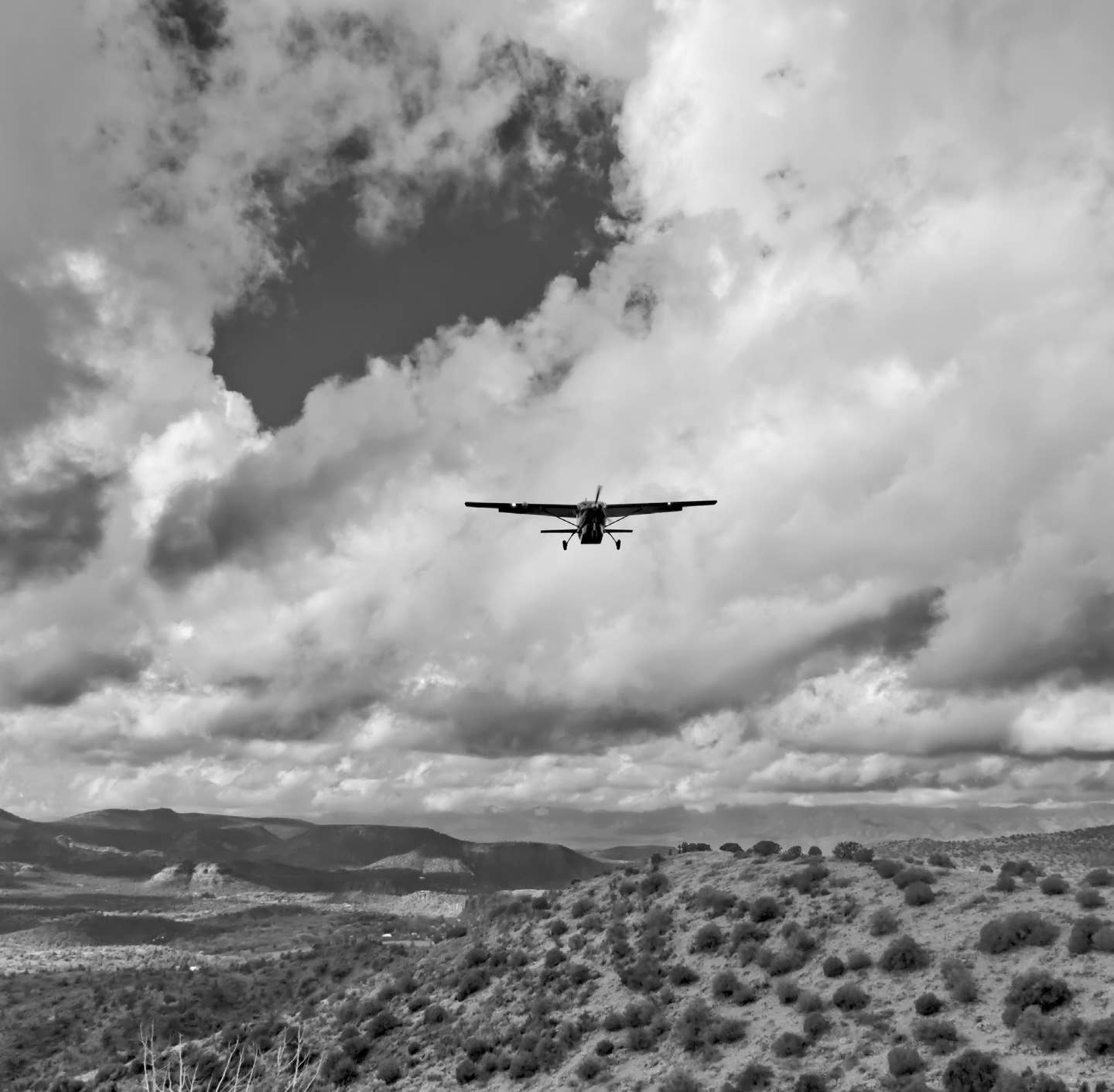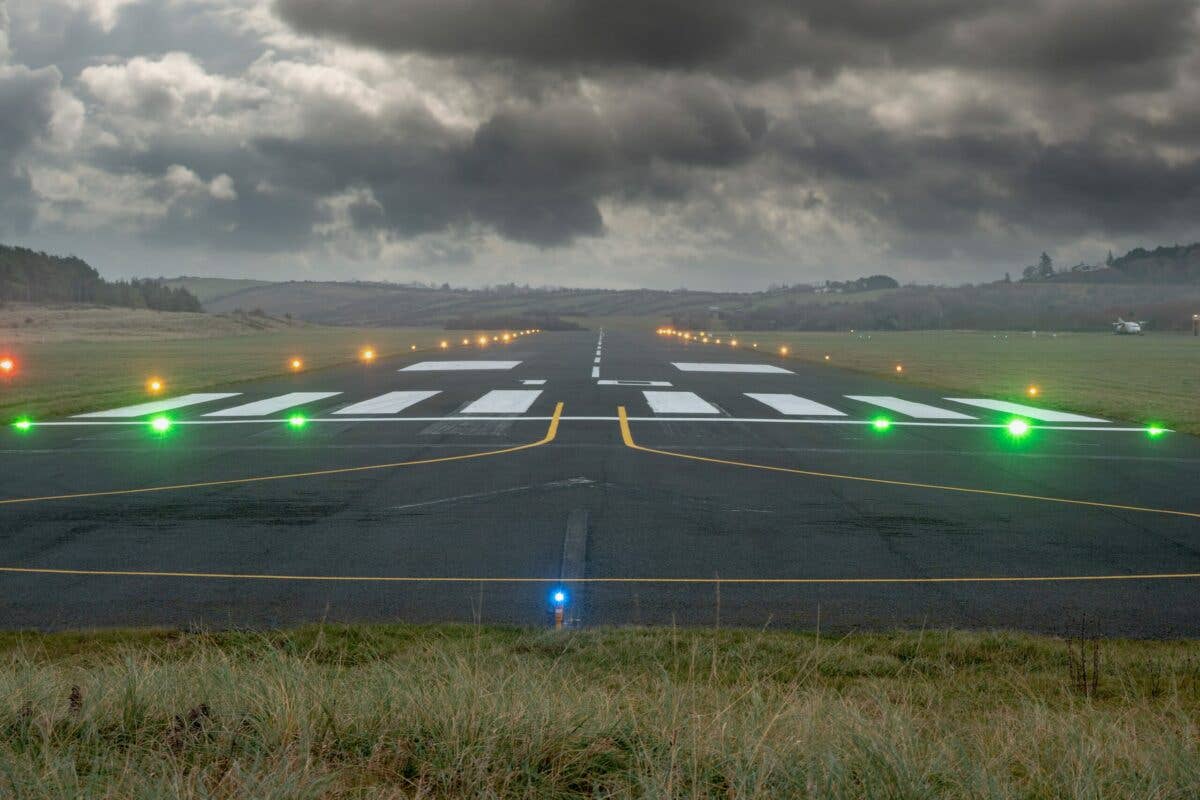
[Reproduced with permission of Jeppesen. Not for navigational use.]
The Bahamas are a common international destination for many pilots in the eastern parts of the U.S., especially in the winter months when a little sunshine and warmth are welcome. Nassau is one of the few airports in the Bahamas with radar services and instrument approaches. While much of the cruising between islands might be done VFR, a pilot might shoot an approach if it is the final destination for their stay; if there are weather concerns; or as a way to sequence into the airport to clear customs before venturing further.
A. Transitions From En Route To Approach
HINZY, MAJUR, MELON, and KURAY are all waypoints from which this approach might be started, which then transitions into the MUNIE waypoint. All of these waypoints are also found on low-altitude en route charts and are on victor airways that might be used to transition en route to the ILS Runway14 approach into Nassau. A pilot planning ahead might choose their en route path to transition to one of these points. One of the most commonly used is the MAJUR intersection, which falls on BR22V-54V-57V, a victor airway that transitions off from the Palm Beach (PBI) VOR, taking the pilot from the East Coast of the U.S. into the Bahamas with the help of Miami Approach.
If you're not already a subscriber, what are you waiting for? Subscribe today to get the issue as soon as it is released in either Print or Digital formats.
Subscribe NowB. DME Arc
A pilot choosing to transition onto this approach from either the HINZY or KURAY intersection might find themselves assigned a DME arc. While not as common in many locations as in the past, an arc such as this can be used by ATC to sequence traffic from multiple points onto a final approach path, as in this ILS Runway 14. Remember to use the turn-10, twist-10 (degrees) process to feed onto the approach while flying the 14 DME arc from the ZQA VOR until intercepting the final approach path of 143 degrees inbound on the ILS. For many pilots, an IFR-capable GPS can select the initial fix and help feed the aircraft around the DME arc. Don’t forget to make the ILS frequency active and switch to VLOC when flying this approach, though, if you are using the GPS to feed your aircraft from the initial fixes onto the final approach path.
C. Mixing With Big Aircraft
With many different aircraft of various sizes and speeds using this approach, be ready to mix it up in the airspace. With that said, you may be asked to maintain your aircraft’s best forward speed; to be vectored around a little bit if there are bigger aircraft needing to land; or to get out of the way quickly when landing. With an airport with runways of over 8,000 and 10,000 feet of landing distance, Nassau brings in big aircraft to use the facilities. You might be flying your GA aircraft on the approach between a Gulfstream ahead of you and a Boeing 787 behind you. Be honest if you can’t maintain something assigned to you. It’s certainly better than getting run over by a faster aircraft.
D. DME From the ILS
While a pilot using a traditional DME source will be using the ZQAVOR (112.7) for DME fixes, if using an intersection or the DME arc to feed onto this approach, they will need to transition to using the DME on the ILS frequency (110.1) once they pass the IZQA waypoint (the final approach fix). This can be confusing because prior to this, the pilot would be using the VOR. They need to swap the frequency for the DME source to the ILS (as denoted by the D6.9 IZQA notation at the final approach fix) for the last part of the approach.
E. Correct GPS Database?
GPS systems in aircraft have databases that include approach procedures for selected areas. Make sure if you are going here and planning on using approaches at all—anything beyond basic VFR—that your database subscription is not only current but includes the places you want to go. A subscription for a database that includes “United States” might include Puerto Rico, but not the Bahamas. A subscription for “North America” might be needed to get the right data. Verify this well ahead of your trip or plan on being a VFR-only operator for your time in the Bahamas.
This column was originally published in the December 2022/January 2023 Issue 933 of FLYING.

Sign-up for newsletters & special offers!
Get the latest FLYING stories & special offers delivered directly to your inbox




